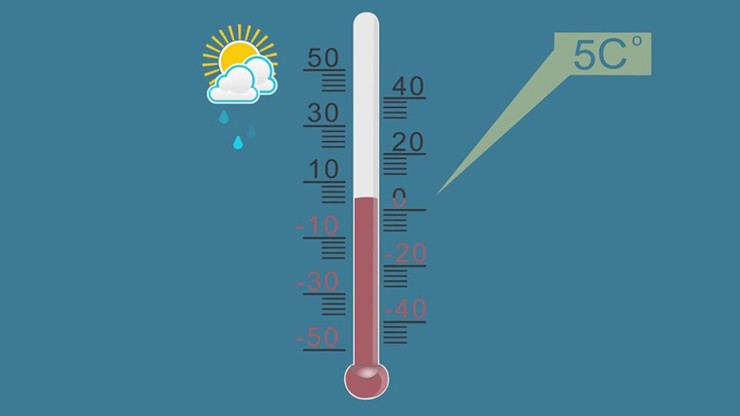
With the increasing demand for smart homes, the demand for smart thermostats is also rising rapidly. Climate change is another major reason why these devices are gaining importance in the current scenario.
Smart thermostats are energy-efficient electronic devices that regulate temperature (heating and cooling) for residential and commercial spaces. A smart thermostat offers both automation and control over your home’s temperature and climate, at half the energy cost. These thermostats even understand your temperature preferences and schedule and operate accordingly, making them an efficient source of energy conservation.
Types of Smart Thermostats
The two broad categories of smart thermostats are:
Wi-Fi enabled thermostats- That can be controlled via the internet from anywhere
Self-Learning thermostats- That learn your preferences and patterns, thereby eliminating the need of manual settings
Both categories are in high demand in the ‘smart markets’ and it’s difficult to comment right now, if one will take precedence over the other in the near future. ’The global smart thermostat market was estimated around $785 million USD in 2015, and is expected to rise almost 19% by 2022.’ As a result of this rising demand, smart thermostat manufacturers are getting highly competitive to gain market share.
What Makes The Competition Interesting?
What’s interesting in this competition is that energy savings is not the only selling point – the aesthetics, remote management and learning abilities, are equally important for consumers.
We’ve already established the smart thermostat market is highly competitive and rising rapidly. The markets have been categorized on the basis of its Components (display, temperature sensors, motion sensor, humidity sensor, etc.), Network Connectivity (wireless and wired networks), Application (residential, office, educational institution, industrial, retail, hospitality and healthcare), Geography (North America, Europe, APAC and the Rest of the World).
Residences, offices and educational institutions are the fastest growing areas of demand in the smart thermostat market, and are expected to grow exponentially by the year 2020.
To ensure traction & market share, along with a loyal customer base and future growth, smart thermostat manufacturers are known to be forming greater collaborations with utilities and energy agencies and other technology majors in the industry. These partnerships also help in providing reduced costs to consumers while developing and maintaining competitive products and parts.
Final Verdict
With the highly innovative and competitive smart markets, and with the great features and deals on offer, buying a smart thermostat has not been easy and it’s only going to get easier, with more companies entering the market each day.
Even though there are several options like Ecobee3 and Nest Learning Your buying decision will have to be based on personal preferences, number and relevance of features, cost-effectiveness and energy-saving promised by the manufacturer. Add to that the market rating of the device and a whole lot of research, and you might just get the best smart thermostat available just yet!